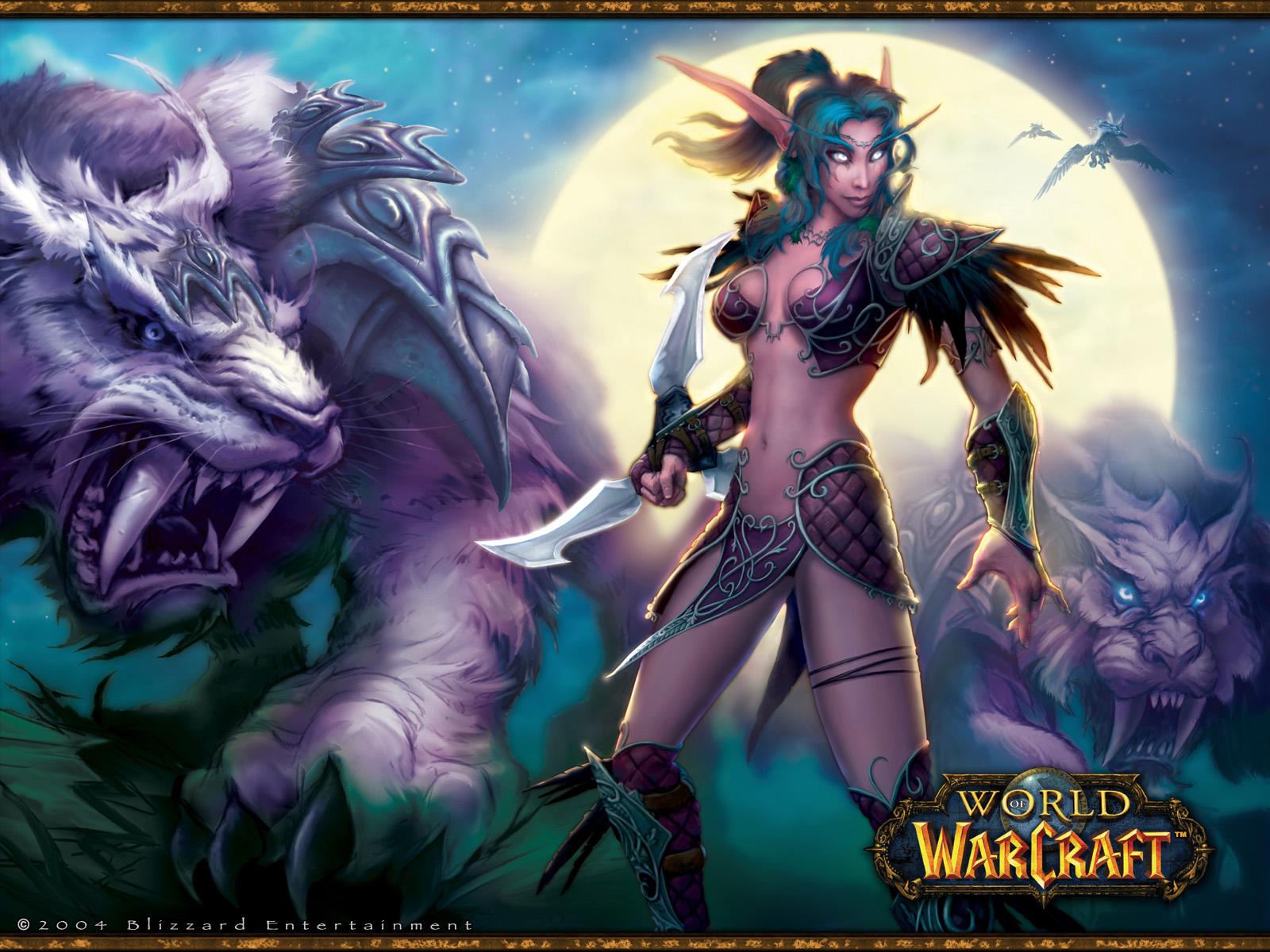Originally released in 2004, World of Warcraft, or WoW, is a massive multiplayer online role playing game that has grown steadily over the past 6 years and continues to attract new players globally. I asked my WoW-addicted boyfriend why this was; what attracted him to WoW and more importantly, what makes him stay. He responded with two things: community and content.
WoW gives each player the chance to connect with people across the globe who share the same interests. Relationships are based on trust, sportsmanship, and a sense of accomplishment. Blizzard encourages this behaviour by constantly providing new games and challenges for its members to interact and participate in. In addition, Blizzard hosts real-life tournaments where players can dress up as their characters, have the chance to meet each other in person and compete face-to-face. Not only does this strengthen ties between members, it is also a great way to attract new ones.
Players working together to defeat a common enemy.
Hundreds of players in the annual Blizzcon compete against each other.
I could go on and on about what makes WoW successful, but the main takeaway is that a good online community needs loyal members who strongly believe in what the community stands for, and a parent company that continually generates ideas to keep members active and engaged.
So, what exactly does this mean for Blizzard financially? First off, Blizzard charges each player $15 a month to play. Secondly, for every player to progress past a certain point in the game, they must buy the 2 expansion packs, along with the original game itself: $60 for the game and $60 for each expansion pack. Now multiply this by the 11 million people who play worldwide...you get the idea.
Mae









No comments:
Post a Comment